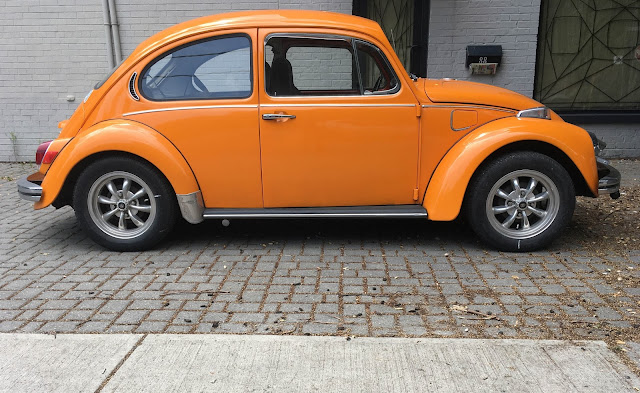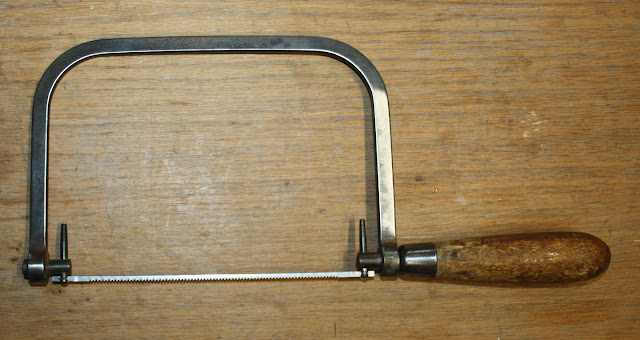James Neill was a young British accountant whose background included managing a vinegar business. At age 31, with no training or background in metallurgy, he started his own steel business. In 1889, he patented a type of steel-faced iron that he named composite steel, marketing it under the Eclipse trademark in 1909. The name was taken from a British racehorse who had rose to fame a century before. At that time, he was described by the phrase, "Eclipse first and the rest nowhere," and Neill took this as the company slogan. Over the ensuing decades, the family-owned company acquired many of the great British toolmakers, including William Smith Tool and Steel, Peter Stubs, John Shaw, Moore & Wright and Elliott Lucas, bringing the companies product range to 11,000 items.
James Neill Tools bought Spear and Jackson in 1985. (Spear & Jackson was founded in 1830, but can trace its lineage as far back as 1760. These guys have been making hand tools for a long time!) Ten years later, James Neill Tools was renamed Spear & Jackson. It is now owned by SNH Global.
Below, my various Eclipse saws (with ads courtesy of Grace's Guide): First, a No. 20 T hacksaw, introduced in 1924:
 |
| 1932 |
Then, a prettier and heavier 30 M:
A more modern 675:
A small 14 J hacksaw:
 |
| 1951 |
A nice Pad Handle hacksaw:
 |
| 1950 |
A very heavy framed No. 70 P coping saw:
Finally, a saw set:
 |
| 1958 |
Lovely tools all! Today, Eclipse continues as a brand of Spear & Jackson, but apparently most of that company's tools are now made in Asia.



















































